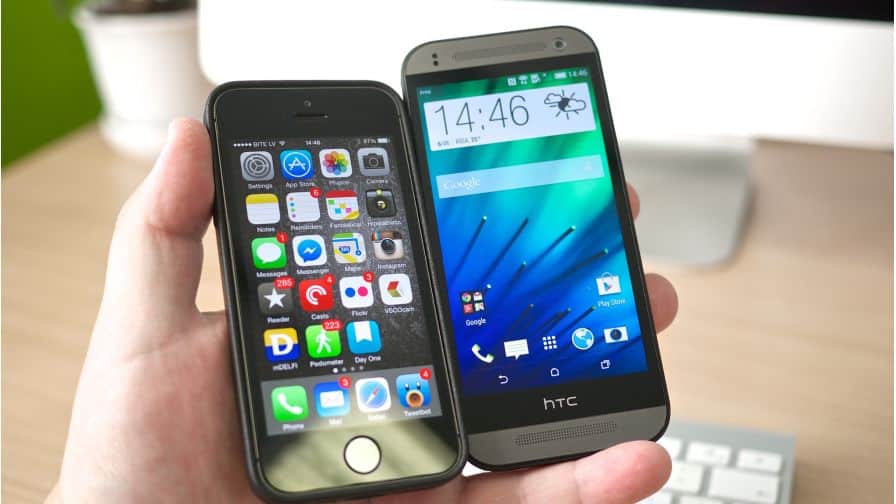The growing acceptance of paying for goods through smartphones and tablets will force digital payments to rise up to $4.7 trillion by 2019.
New insights from research house Juniper and its latest Digital Payment Strategies report predicts online, mobile and contactless payment methods to benefit from rapid growth over the next five years. Mobile devices are expected to aid progress in the digital payments arena as an increasing number of customers pay remotely and through their handsets.
Despite this, talk of a payments network dominated by these new methods seems to be wide of the mark. Juniper decided to only make subtle suggestions that smartphones and tablets could shape the future of e-commerce and decided against referencing internet currencies like Bitcoin altogether.
Customers go mobile
The report still hands great promise to brands who have already optimised their sites for mobile customers. It is thought that combined transactions on tablets and smartphones will exceed those conducted on desktops for the very first time this year.
Juniper went on to tip the proportion of transactions carried out by mobile to rise even higher over the next five years. Businesses were told to watch out for this trend in the US, where the proportion of transactions conducted by tablet was predicted to lift from 25% in 2014 to 63% by 2019.
Though rather than e-commerce driving all of the growth, analysts from Juniper backed the total number of mobile transactions to be represented by an increasing number of purchases carried out using contactless methods, including Near Field Communication (NFC) technology.
Dr Windsor Holden, the director of research at Juniper, said: “While we are now seeing contactless transactions scaling up in markets such as Australia, Poland and the UK, almost all current consumer usage is via the card.
“However, with banks increasingly attracted to an NFC in which they have full control of the customer, then we may well see some high-profile deployments in the medium term.
Contactless gains traction
The report claimed that contactless payment methods such as NFC are currently seeing their highest rates of adoption in the far east and China, where customers can use purpose-built services like proximity payments to pay for their goods.
Contrastingly, previous research from Juniper stated that a lack of a coherent strategy for introducing the technology to other markets would curtail any hopes of a mass roll-out. This is due in part to plastic card readers coming in cheaper than contactless systems.

